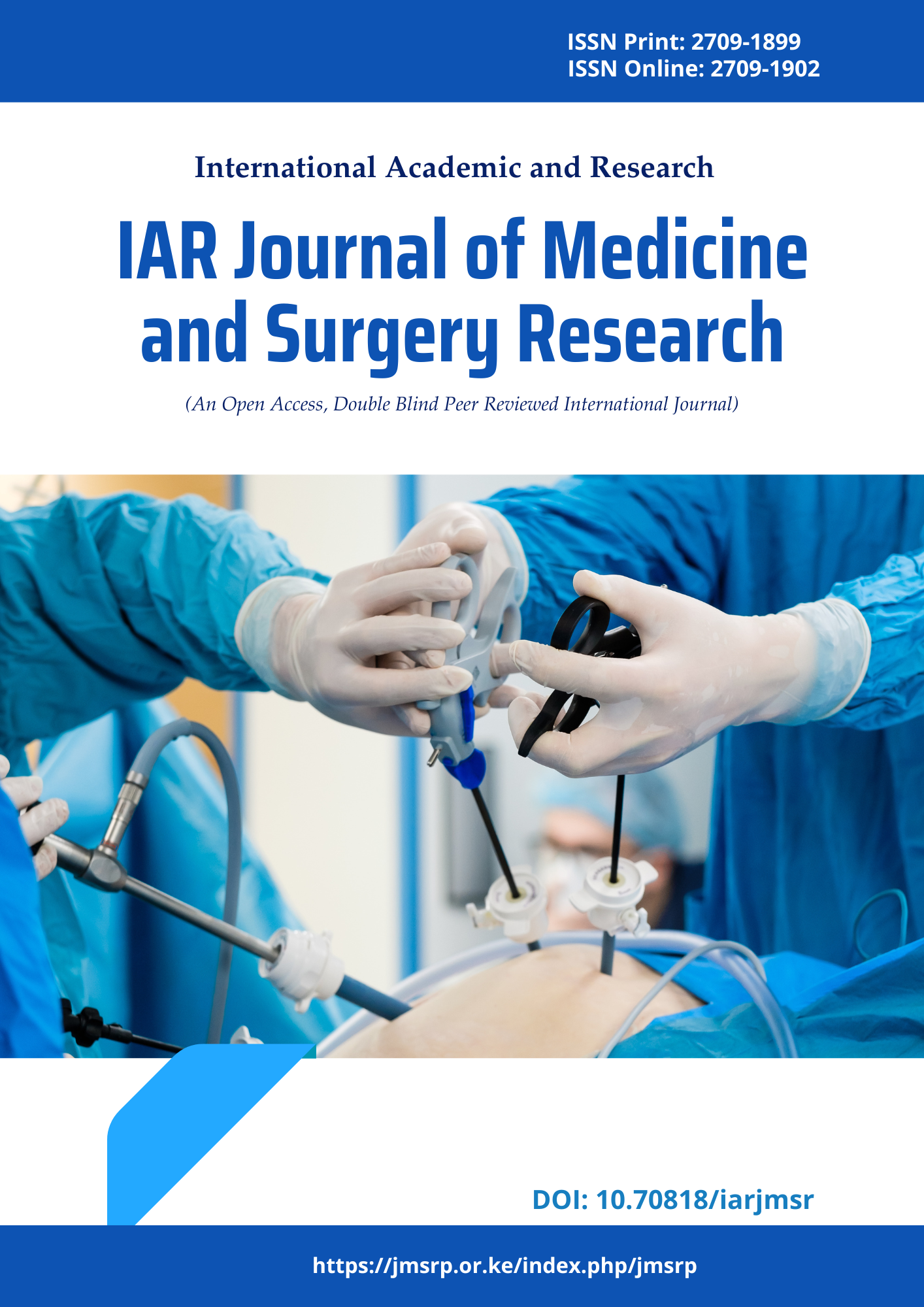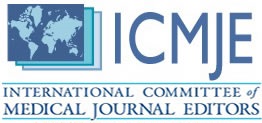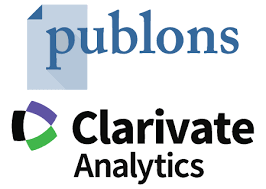A Tale of a Rare Neuro Rehabilitation Dyke Davidoff Masoon Syndrome
DOI:
https://doi.org/10.70818/iarjmsr.2024.v05i06.0144Keywords:
Dyke-Davidoff-Masson Syndrome, Neuro-Rehabilitation, Cerebral Hemiatrophy, Functional Independence, Multidisciplinary CareAbstract
Dyke-Davidoff-Masson Syndrome (DDMS) is a rare neurological disorder marked by cerebral hemiatrophy, presenting with contralateral hemiparesis, seizures, developmental delays, and facial asymmetry. This case report examines an 18-year-old male diagnosed with DDMS, who presented with right-sided weakness, impaired mobility, and speech difficulties that severely impacted his daily activities. Symptoms began at age eight, following an undocumented febrile episode, and progressively worsened, leading to significant functional limitations. MRI findings confirmed cerebral atrophy on the left side with compensatory hypertrophy of the right hemisphere, supporting a DDMS diagnosis. A multidisciplinary rehabilitation approach was implemented, led by a physiatrist and includes neurologist, psychiatrist, physiotherapist, occupational therapist, orthotist, speech therapist, vocational counselor etc. Over six months, the patient’s Functional Independence Measure (FIM) score improved from 82 to 90 (9.8% increase), and his Barthel Index rose from 75 to 80 (6.7% increase). Gross motor, fine motor and speech clarity is also increased. This case highlights the importance of a structured, multidisciplinary approach in managing DDMS, demonstrating that significant functional gains and improved quality of life are achievable despite the challenges of this rare condition.
References
Thakkar, P. A., & Dave, R. H. (2016). Dyke–Davidoff–Masson syndrome: A rare cause of cerebral hemiatrophy in children. Journal of pediatric neurosciences, 11(3), 252-254.
Tan, A. P., Wong, Y. L. J., Lin, B. J., Yong, H. R. C., & Mankad, K. (2018). Clinico-radiological approach to cerebral hemiatrophy. Child's Nervous System, 34, 2377-2390.
Abdul Rashid, A. M., & Md Noh, M. S. F. (2018). Dyke-Davidoff-Masson syndrome: a case report. BMC neurology, 18, 1-3.
Tsiris, G., Spiro, N., & Pavlicevic, M. (2018). Repositioning music therapy service evaluation: A case of five Nordoff-Robbins music therapy service evaluations in neuro-rehabilitation. Nordic Journal of Music Therapy, 27(1), 3-27.
Kalaskar, R., & Kalaskar, A. R. (2018). Classical oral manifestations of Dyke-Davidoff-Masson syndrome: a case report with review of the literature. Journal of the Korean Association of Oral and Maxillofacial Surgeons, 44(4), 198-203.
Diestro, J. D. B., Dorotan, M. K. C., Camacho, A. C., Perez-Gosiengfiao, K. T., & Cabral-Lim, L. I. (2018). Clinical spectrum of Dyke-Davidoff-Masson syndrome in the adult: an atypical presentation and review of literature. Case Reports, 2018, bcr-2018.
Mills, S. J., McDonnell, M. N., Thewlis, D., & Mackintosh, S. (2017). Is there a relationship between postural alignment and mobility for adults after acquired brain injury? A systematic review. Brain injury, 31(5), 571-580.
Matamala Gómez, M. (2017). The use of immersive virtual reality in neurorehabilitation and its impact in neuroplasticity.
Duncan, M. A., Vázquez Flores, S., Chávez Lluévamos, E. B., Cantú Salinas, A. C., De León Flores, L., & Villarreal Velázquez, H. J. (2014). Dyke-Davidoff-Masson syndrome: A case study. Medicina universitaria, 16(63), 71-73.
Frias, E. S. (2021). Dissecting the Mechanisms of Brain Injury for Treatment of Cognitive Dysfunctions. University of California, San Francisco.
Harris, M., Thomas, G., Thomas, M., Cafarella, P., Stocks, A., Greig, J., & McEvoy, R. D. (2018). Supporting wellbeing in motor neurone disease for patients, carers, social networks, and health professionals: A scoping review and synthesis. Palliative & supportive care, 16(2), 228-237.
Singh, A. S., Saliasi, E., Van Den Berg, V., Uijtdewilligen, L., De Groot, R. H., Jolles, J., ... & Chinapaw, M. J. (2019). Effects of physical activity interventions on cognitive and academic performance in children and adolescents: a novel combination of a systematic review and recommendations from an expert panel. British journal of sports medicine, 53(10), 640-647.
Padilla, M. G., Rueda, F. M., & Diego, I. A. (2014). Effect of ankle-foot orthosis on postural control after stroke: a systematic review. Neurología (English Edition), 29(7), 423-432.
Saini, D. S., Satpathi, A., Pandit, A., & Ganguly, G. (2017). Case Report of an interesting case of hemiparesis with resistant epilepsy-Dyke, Davidoff, and Masson syndrome. Indian Journal of Neurosciences, 3(1), 44-46.
Ayas, Z. Ö., Asil, K., & Öcal, R. (2017). The clinico-radiological spectrum of Dyke-Davidoff-Masson syndrome in adults. Neurological Sciences, 38, 1823-1828.
Mosher, C. E., Ott, M. A., Hanna, N., Jalal, S. I., & Champion, V. L. (2015). Coping with physical and psychological symptoms: a qualitative study of advanced lung cancer patients and their family caregivers. Supportive Care in Cancer, 23, 2053-2060.
Ayele, B. A., & Zewde, Y. Z. (2019). Dyke–Davidoff–Masson syndrome-a rare cause of cerebral Hemiatrophy in a 17-years-old Ethiopian patient: a case report. Ethiopian journal of health sciences, 29(2).
Downloads
Published
Issue
Section
License
Copyright (c) 2024 Md Ashikul Islam, Jas Bahadur Gurung, Shohag Chakrabarty, Fatema Newaz, Tapas Sarker, Md Taslim Uddin (Author)

This work is licensed under a Creative Commons Attribution 4.0 International License.















